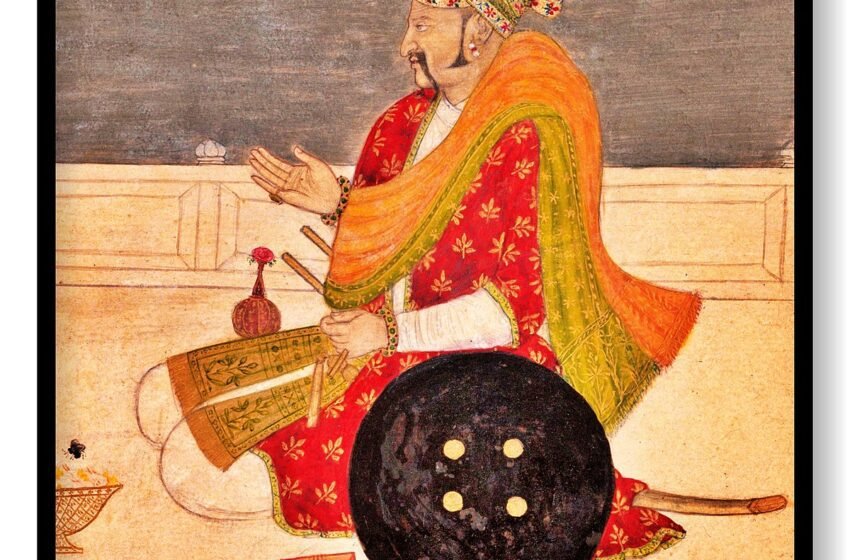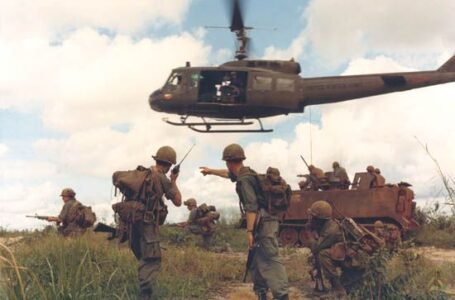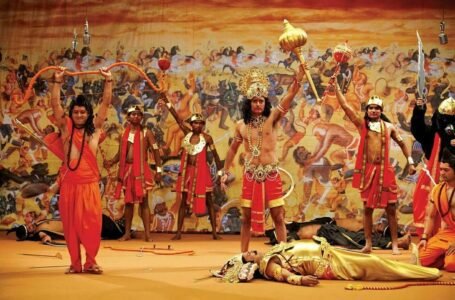Charani Gatha: Echoes of Valor and Devotion

http://www.metmuseum.org/art/collection/search/38046
The Charani Gatha is an old system of informal human performance, an oral history and poetry of the Charan community of Gujarat and Rajasthan. These poetic songs are love songs, war songs, and other songs with stories of courage, gods and cultural history tied to them. Originally, the Charani Gatha was as much a living epoch as a branch of ethnic work that performed an important role in these territories, However, at the present stage, the phenomenon is threatened with oblivion along with the bardic tradition. This blog gives brief information about Charani Gatha and relates it with its history, its origin, its disappearance, attempts to revive it and its significance.
What is Charani Gatha?
Charani Gatha means the songs and poetry sung by Charans that were considered poets, singers and historians of their era. The Charani Gatha involve stories about bravery, power of the gods, ethical teaching, and history in equal proportions. The word “Charani” has been originated from “Charan”, which specifies the identity of the community, and “Gatha” is representation of song or a narrative. Both together represents the singing the Charans do as well as the stories they narrate.
Thus, the Charans were in a rather special category of society more or less regarded as its keepers of culture and lore. Not only lyrical patterns, but their works became songs that helped people to learn to be brave, to be loyal, and even gave them faith. If, like me, you have never heard of the ravanhatha and ektara before listening to this album, it provides acoustic accompaniments to the songs that complement the story of the 1005088000 struggle.
Link to Warriors and Deity
The Charani Gatha is rooted quite closely to the lore of Rajasthan And Gujarat, which are places noted for their bravery and religious commitment. In fact, the Charans used to be the royal bards who directly associated with successive kings, and rendered accounts of their triumphs and other merits. These songs were also in honor of gods such as Goddess Shakti, whereby in Charani tradition, she is highly esteemed.
For example, most of the gathas celebrate the Rajput warriors who sacrificed themselves for their kingdoms. The songs would remind them of their fights; their losses and gains, and loyalty which are key aspects in a society. Likewise, songs sung to heavenly beings were sung during worship, asking for favor and God’s shield.
Why is the Tradition Fading?
The decline of the Charani Gatha can be attributed to several factors:
Modernization and Urbanization: Due to advancement in entertainment and change in the way of living, the folk arts like Charani Gatha does not find much a ear. The use of films, television and others digital media grew popular for the purpose of storytelling.
Lack of Patronage: In the olden days Charans were beneficiaries of royal patronage. These artists realized support of the monarchs and princes, but with decay of royal courts and feudal lordships, there was no support of any sort and the artists were in a very precarious position indeed.
Educational Shifts: Another source of discontinuity is the shift of the new generation Charans away from their forebears’ social identity to engage in western education and employment.
Cultural Amnesia: With the increasing signify of globalization, there is always an anti-localism culture, thus people are not interested in traditional art forms such as Charani Gatha.
Incorporation in Education: Some schools and colleges in these regions include folk traditions in their curriculum, introducing students to their cultural roots.
Digital Platforms: Platforms like YouTube and social media are being used to share Charani Gatha performances, making them accessible to a global audience.
Government Initiatives: The Indian government and state cultural departments have launched schemes to support folk artists financially and provide platforms for their art.
Where is it Still Practiced?
However, Charani Gatha is not extinct at all; it has undergone reduction in course of time. It is still performed in:
Rural Villages: Traditionally, the older Charans still use these gathas at festival or wedding ceremonies or religious occasions in some villages of Rajasthan or Gujarat.
Temples: Though there are a variety of ragas being performed in singing the devotional gathas, some of the Temples are still performing this tradition more especially to the Shakti Temples.
Cultural Festivals: Though Charani Gatha has almost faded from the region and hardly performed anywhere, the Rajasthan International Folk Festival and other local fairs and festivals sometimes incorporate this dying performing art to remind the audience of the performing art traditions of Rajasthan. Academic Circles: Some few scholars and cultural organizations have prized themselves in the documentation and revival of these songs so that the future generations can have access to them.
Initiatives to bring back Charani Gatha
Recognizing the cultural loss, several individuals and organizations have initiated efforts to revive the Charani Gatha tradition:
Documentation: Currently folklorists and historians are documenting oral gathas already in existence in the respective cultures by both writing them down and taping them on media.
Workshops and Training: People in culture of Rajasthan and Gujarat arrange culture shows to impart knowledge about Charani Gatha to young generation. Specific Characteristics of Charani Gatha
Oral Tradition: As it has become learned that the Charani Gatha is recited orally, it is a living history and culture.
Moral and Ethical Lessons: The songs are usually provided in form of lessons which gives morality and instills worthwhile virtues such as bravery, loyalty and devotion.
Community Involvement: Dances are central to the cultural calendar and in most cases are done in public drawing people from all over a given ethnic group.
Fusion of History and Mythology: The gathas love to weave myth and history into the text, which makes for very interesting stories.
What is the Meaning for Charani Gatha?
And the term ‘Charani Gatha’ has been adopted to maintain the identity of the ‘Charan’ community to whom this art form belongs to. It indicates that they are the history tellers of their period hence they should not be ignored. The last characteristic, the operations show that the ‘gatha’ aspect denote the lyrico-narrative scheme of their productions that was chanted, not memorized.
How is it Played?
With Charani Gatha performances, other forms of folk instruments such as ravanhatha or ektara can also be played. The performer, typically a community elder, or a savvy performer, would chime the gatha in a rhythmic tone of voice and at times, provide simple illustrations between the lines. Audience was sitting in sort of amphitheater and they will listen, sometimes yelling and clapping after exciting parts.Revival has a rich cultural value and implies the concept of changing and renewing elements based on cultural value and history.
Apart from bringing back a virtually dead art form, Reviving Charani Gatha is about rediscovering and celebrating our Cultural/Social/Historical Identity. They are history lessons in verrmaculture of values and challenges, dreams and realities of prior generations of Kenyans. They also remind us of the constructive role played by narrative in the constitution of social reality.
Conclusion
It is one of the varied aspects of the great compositions of the folk literature of Gujarat and Rajasthan mainly based on the valor, devotion and pride of the community. Thanks to these modernization and societal changes, however, there are still some attempts to sustain this specific art type. Such traditions are not only preserved by embracing and supporting those forms, but also passed to the next generations as an active and colorful potential of a cultural profile.
What is Charani Gatha? It could be described as more than a song – a gate between the past and the present which confirms the inviolable law of appealing to people with a story and an art piece at the same time. It does not matter if people are preserving the tradition through performance, documentation or teaching this tradition at school, every attempt is valuable.


